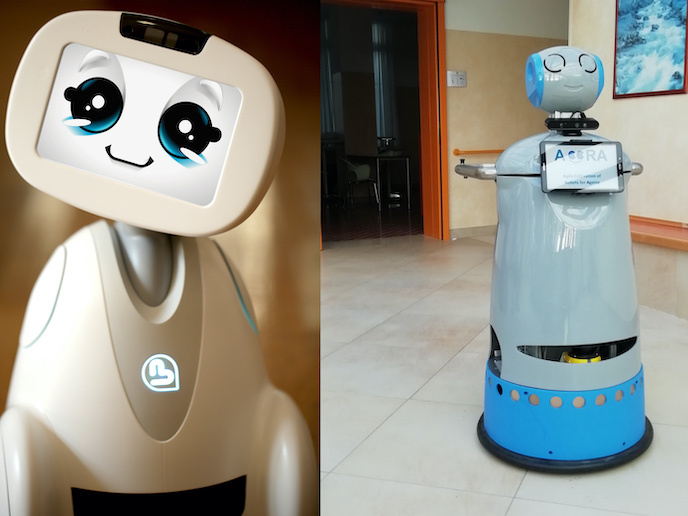Interactive tactile interface for the visually impaired
Advances in information technology have helped to break down the barriers which prevent those people who are visually impaired from accessing computers and their applications. One of the last challenges to be met has been that of three-dimensional graphics. The technology employed was based on the novel application of smart materials. These were then used to produce an array of 'dots', which was simple to construct and manipulate using interactive touch sensitive feedback. Images and text were placed in a format suitable for tactile display. Software tools were created that enabled software control of the tactile interface. The program highlighted the active windows, the contents of which were mainly text and displayed in Braille. Contour lines were used to represent graphic structures, while areas of colour were indicated by different patterns of dots. Simple pictures were displayed by showing individually ascribed parts, which were coloured or shaded. For instance a map, which initially showed everything, then with frontiers, followed by features in the landscape, cities, roads and railway lines and so on. The program was designed to be used under Windows 2000 and has been adapted to XP.







